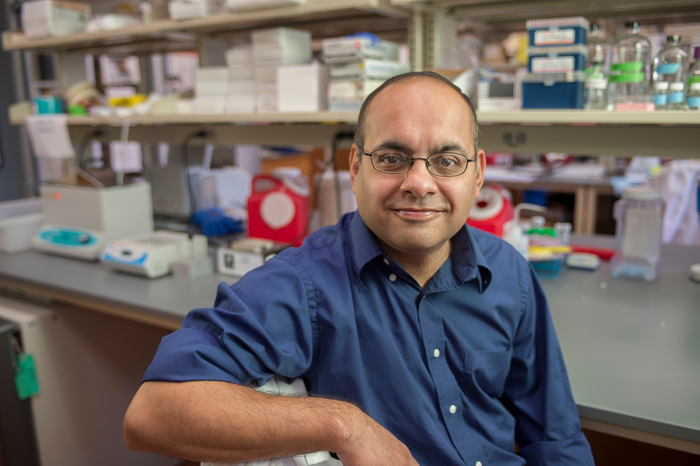As the number of children born with a vision-impairing condition known as optic nerve hypoplasia (ONH) increases, scientists with the Fralin Biomedical Research Institute at VTC are investigating potential ways to prevent and treat the disease.

Credit: Virginia Tech
As the number of children born with a vision-impairing condition known as optic nerve hypoplasia (ONH) increases, scientists with the Fralin Biomedical Research Institute at VTC are investigating potential ways to prevent and treat the disease.
The condition occurs when optic nerves that transmit signals from the retina to the brain are underdeveloped at birth, causing moderate to severe vision loss in children, according to the National Institutes of Health (NIH). It has no known cause, and families touched by the disorder have few medical solutions.
With support from a four-year, $1.56 million grant from the National Eye Institute of the NIH, Virginia Tech scientists, led by principal investigator Konark Mukherjee, will explore whether a prenatal deficiency of an important fatty acid known as arachidonic acid contributes to the disorder.
If so, the discovery could explain why ONH in babies has been associated with factors such as young maternal age and prenatal exposures to smoking, alcohol, recreational drugs, anti-depressants, anticonvulsants, and other agents.
As the research proceeds, Mukherjee will test whether arachidonic acid supplementation improves or prevents ONH in two independent mouse models of the disease.
“Currently, there are no effective medical treatments, but if we are correct, the intervention may be a simple nutritional supplementation for the population at risk,” said Mukherjee, whose research seeks to better understand neurodevelopment and provide new insights into childhood illnesses.
Optic nerve hypoplasia accounts for about 15 percent to 25 percent of infants with serious vision loss, according to the NIH, and although precise numbers are unavailable, the incidence of the disease seems to be rising.




